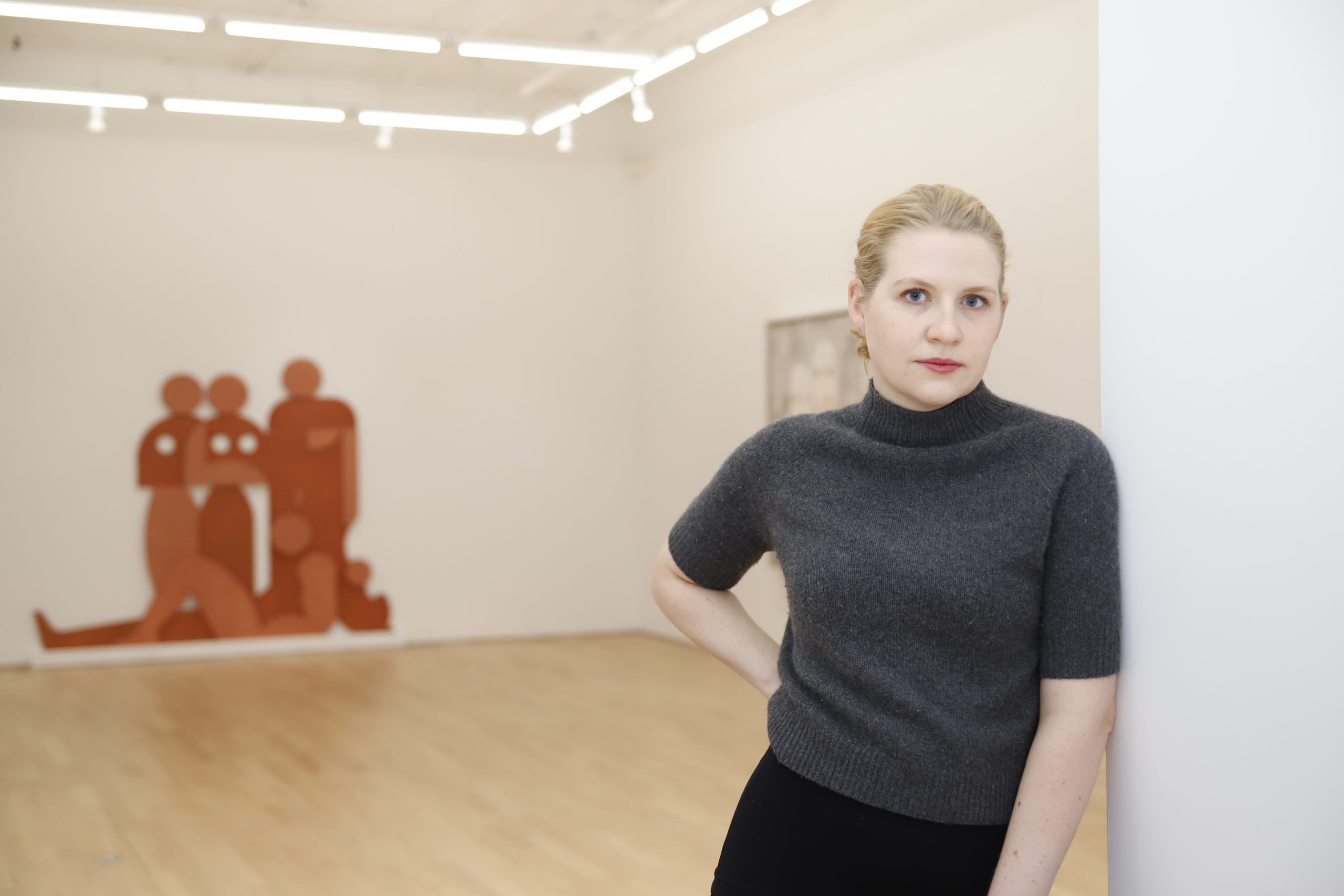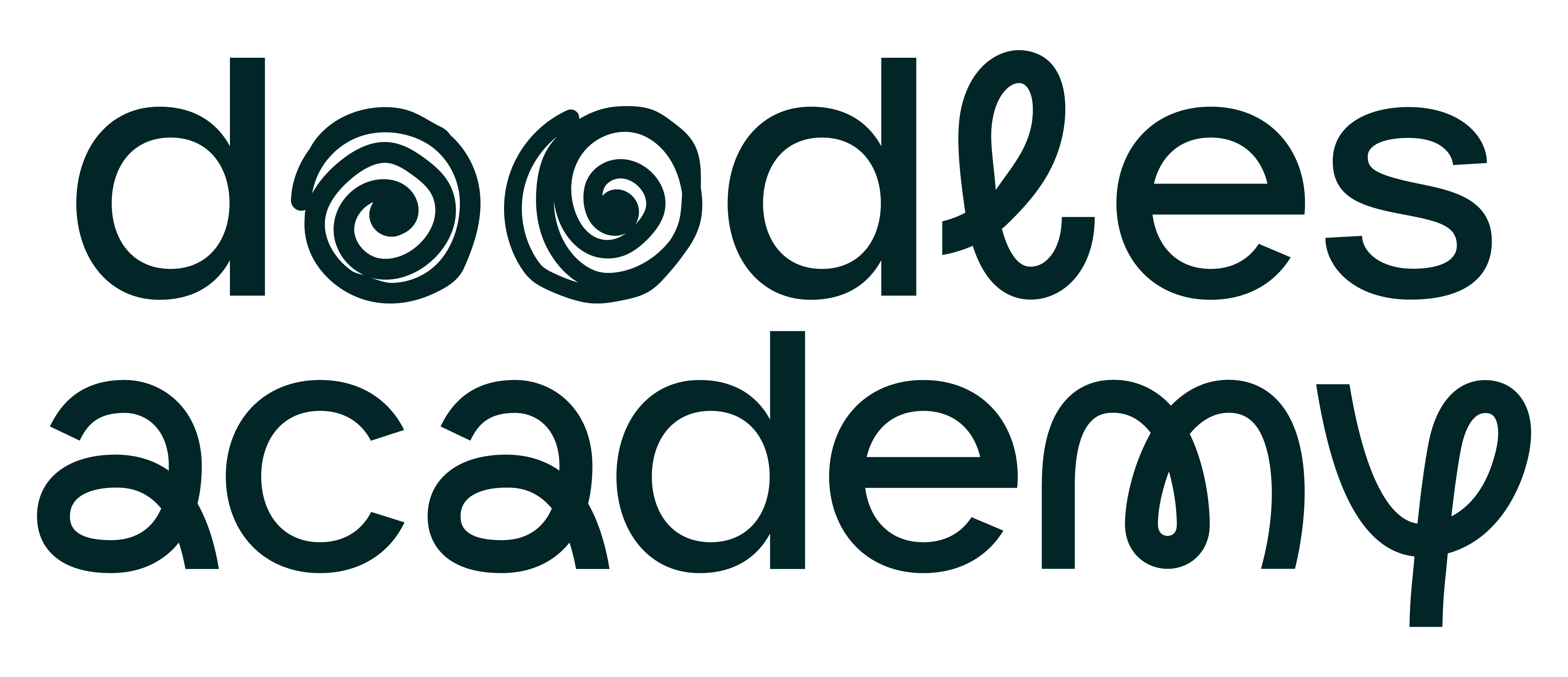Women’s Art History is Art History
Teach about women artists by integrating them into their historical context, rather than siloing them as ‘women artists’.
By Hall W. Rockefeller, founder and director of Less Than Half
When I think back to the women artists I learned about in elementary school, whether in art class or otherwise, I can only think of three: Mary Cassatt, Georgia O’Keeffe, and Frida Kahlo. No Faith Ringgold, no Ruth Asawa, no Agnes Martin.

This stunning lack of diversity—of all kinds—didn’t dawn on me until well into my life as an undergraduate art history major when I sorted my Western art survey course index cards, each bearing an image by an artist, into two piles. The pile containing women artists was a paltry five tall: a card for Mary Cassat, one for Judy Chicago, and one each for Barbara Kruger, Tracey Emin, and Kara Walker.
It wasn’t until the next year, when a different professor included women and artists of color in her curriculum with an ease that never drew attention to itself, that I realized an alternative pedagogy was possible. She spoke about women as if they deserved to be taught in her classroom—because they did.
Names like Lucian Freud were discussed in the same breath as his contemporary Paula Rego, Nancy Spero was given as much airtime as her husband Leon Golub, and when we talked about street art, Banksy was countered by Bambi. It was also the first time I heard names like Loïs Mailou Jones, Jenny Saville, and Ellen Gallagher.
I have no doubt that in 2022, educators make an effort to share the work of women artists and artists of color. But the how matters, especially when teaching young children, as their initial understanding of who makes art can serve to shape their ideas about it—and whether they will count themselves among the group calling themselves artists.
Unfortunately, even in 2022, I have seen ways in which young children are introduced to women artists in ways which don’t serve women artists. While the syllabus of my first art history class might be a thing of the past, the perspective of the second is still not the norm.
The interest in recovering the stories of women is evidenced by the number of books dedicated to the work of women artists published in recent years. Intended for audiences young and old, they address the fact that many people can’t name five women artists, even among the art inclined. These books come in all genres: the coffee table book, the assembly of short takes, the coloring book, the A-Z, and the picture book.
All, I fear, are lacking.
Dressed up in fun colors (sometimes pink, sometimes not), punchy graphics, and often illustrated with cartoonish figures, they promise a window into the invisible world of women artists, rendered unknown by our institutions, our historians, and our culture.
Though the alternative to these books is presenting the odd woman artist as beleaguered, bitter, or ignored in the face of her more famous husband, father, brother, or other male colleague, I’m afraid these books silo the contributions of women as if they didn’t participate in (and contribute to) the history of art.
Imagine the benefit of teaching someone like Lee Krasner alongside her contemporaries not as part of a second tier, round two curriculum (where you only learn about her after all the boys), but as the influence on a movement that she was. Taught in abstraction by Hans Hoffman, her knowledge and understanding of abstract art was instrumental to the development of Abstract Expressionism.
When we speak of women artists, we must speak about them in the context of other artists who influenced them, as well as who they influenced. We have to tell the story of female creativity as united with the energy of art and the forward thrust of art history, not set apart from it.
As comprehensive as a book that tells the story of women from Ana Mendieta to Zanele Muholi seems, it’s not the full story.

Photo by Paola Martinez Fiterre
Hall W. Rockefeller
Hall W. Rockefeller is an art critic, writer, and speaker specializing in female artists. She is the founder and director of Less Than Half and is the host of the Less Than Half Salon, a virtual community bringing together artists, arts professionals, and art enthusiasts to learn and talk about the work of women artists. She frequently gives talks and leads courses on how women can start collecting art (by women)—no matter their exposure to art and the art world.
You can find out more here:
